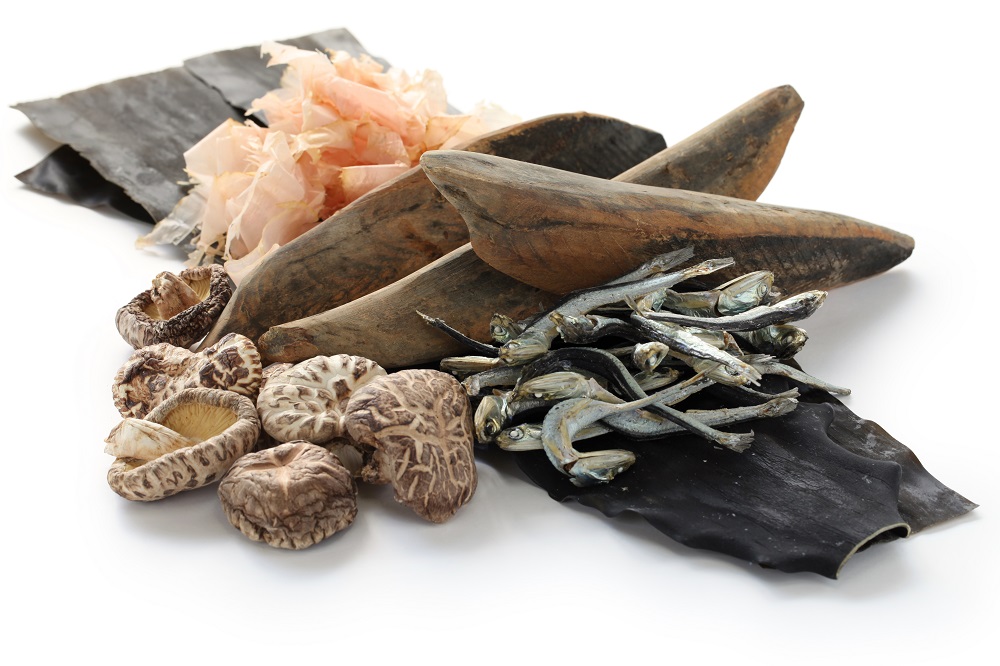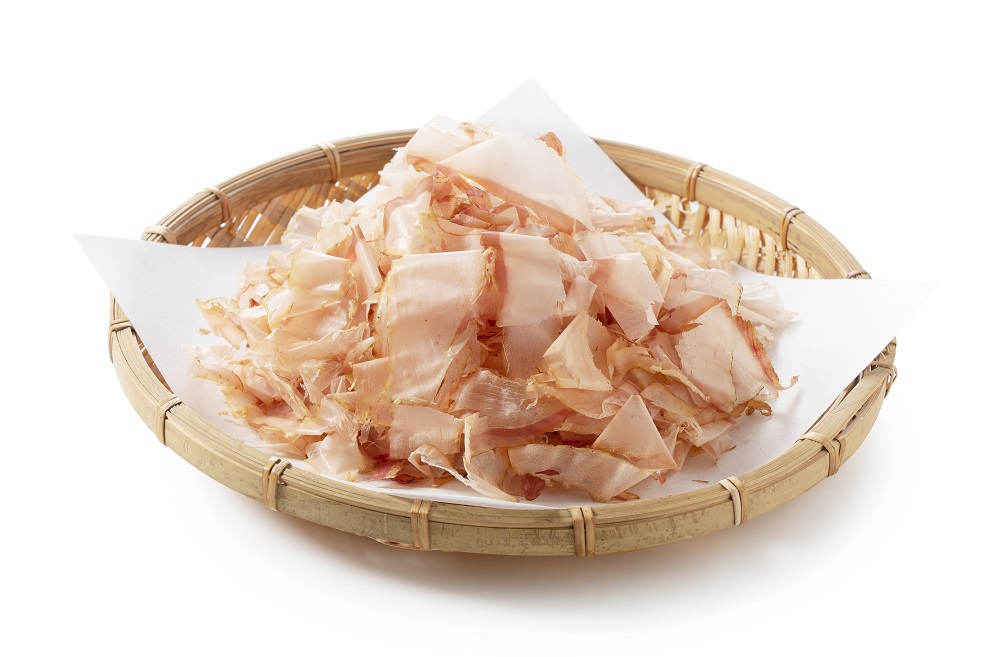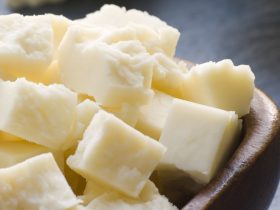Dashi is a type of savory stock liquid originating from Japan, wherein it acts as a base ingredient for a variety of different dishes that require a distinctly umami or savory underbelly to their flavor profiles.
Usually consumed as a soup or broth, dashi can be purchased in such forms as dry packaged flakes or concentrate syrups that impart much the same umami flavor with the added benefit of a more convenient physical form, allowing it to be easily transported or stored.
The best dashi flavor substitutes are Mentsuyu sauce, Bonito flakes, mushroom stock, and chicken stock.
Why Should Dashi be Substituted?
Outside of certain parts of Asia, dashi is relatively difficult to acquire outside of specialty grocery stores or through directly creating it yourself.
Considering this fact, the most likely reason behind a chef needing to find a worthwhile substitute to dashi would be a lack of availability in their general geographical area, or the relatively high price of dashi in the case that it is indeed available in said area.
Other reasons why dashi may require substitution in some shape or form are the presence of dietary restrictions, certain health conditions, religious and ethical beliefs or even simple personal taste preference.
These factors combined can equate to keeping a potential dashi substitute within one’s pantry or refrigerator an advisable choice, especially if dashi is a commonly used ingredient in their general daily recipes.
Variations of Dashi
In the event that the particular reason behind the substitution of dashi is due to the particular ingredients found within its recipe makeup, it is possible to instead simply replace the dashi with another variation of different ingredients.

The benefit to doing this is that the alternate variation of dashi likely requires no special treatment or extra ingredients at all – allowing the chef to use the variation in much the same way the original form of dashi was meant to be used.
Kombu Dashi
One of the more common variations of dashi found in Japan, kombu dashi is produced by immersing kelp or seaweed in some sort of liquid in the hopes that it will leach some of its flavoring compounds into the surrounding fluid, essentially creating a vegetable broth with a distinctly savory taste body.
Kombu dashi is an excellent substitution for the other forms of dashi owing to its vegan nature and the low incidence of seaweed or kelp allergies in the majority of the population.
This, alongside its very low glycemic index and gluten free state makes kombu dashi the best possible substitution in the majority of cases where dietary conditions or personal beliefs are a factor.
Shiitake Dashi
Named after its primary ingredient, shiitake dashi is produced by the soaking or stewing of shiitake mushrooms or similar savory flavored mushrooms so as to capture its distinctly umami underbelly of flavor alongside certain notes of mushroom that may aid in the flavor profile of a dish.
Certain instant forms of dashi may even present as a powder or solid flakes of shiitake mushroom, allowing a highly concentrated level of flavor per unit of volume, making shiitake dashi an excellent addition to soups and stews that do not require extra fluid to be added.
Niboshi Dashi
Produced from sardines and similar dehydrated fish parts, niboshi dashi surprisingly presents very little in the way of fishy flavors, instead being soaked and toasted to an extent wherein only the savoriness of the fish is left behind.
The primary drawback to utilizing the niboshi variation of dashi is the fact that it incorporates animal meat, of which may make niboshi dashi an unsuitable substitute for other forms of dashi for such individuals with religious or ethical beliefs against the consumption of fish.
Additionally, certain individuals may find niboshi dashi to be belied by a distinctly bitter after-taste. This is more noticeable in instances where the niboshi dashi was produced improperly, with the entrails of the sardines being unwashed or otherwise untoasted in some way.
Dashi Flavor Substitutes
If, instead, the variations of dashi itself are not suitable to act as replacements in the recipe or dish, it is still entirely possible to replicate its functions and flavors without the use of dashi in any shape or form.
In fact, these possible substitutes may even be more fitting an ingredient than dashi, depending on the recipe and substitute being used.
Mentsuyu Sauce
Japanese mentsuyu sauce, otherwise known as noodle sauce, is a savory and ever so slightly sweet condiment produced through the mixing and subsequent boiling of soy sauce, mirin, rice wine and dried bonito flakes, all of which combine to produce an umami yet moderate flavor perfect for substituting dashi.
Mentsuyu sauce is generally produced in a concentrated form owing to the evaporation it undergoes during the process of boiling, allowing it to be used in a more versatile way than dashi due to the nature of its physical form.
Bonito Flakes
Previously mentioned as an ingredient normally added to mentsuyu sauce, bonito flakes or katsuobushi is the smoked, fermented and processed form of skipjack tuna, sliced or shaved into extremely thin layers so as to create a cohesive and slightly crunchy additive to many dishes.

Bonito flakes are among one of the primary ingredients incorporated into most forms of dashi, making bonito flakes essentially a predecessor to dashi, exemplifying certain characteristics ordinarily found in the Japanese savory broth.
Owing to their thin and dry physical nature, bonito flakes are an excellent addition to any dish regardless of whether it is high in moisture or not, with such meals as soups and broths melting the flakes and incorporating their flavor evenly throughout the fluid.
Mushroom Stock
A form of vegetable stock originating from different mushroom species, mushroom stock is the closest possible recreation to shiitake dashi, essentially being made from the same ingredients and presenting much the same flavors.
The primary difference found between the two lies in the fact that dashi occasionally incorporated other savory ingredients into its recipe so as to bolster its flavor and function, of which mushroom stock in its ordinary form does not.
Mushroom stock is best used as a dashi substitute in recipes that require some level of moisture be added, as well as instances where the recipe requires some sort of soup or other fluid to be incorporated into the dish.
Chicken Stock
Another savory liquid ordinarily used for flavoring and as a soup, chicken stock is the non-vegan alternative to mushroom stock with similar levels of savoriness and notes of umami flavorings.
Chicken stock may be convenient to purchase and use owing to the development of chicken stock broth powder and cubes, of which may simply be added to any high-moisture dish in order to introduce its distinct flavors to the recipe.
Unlike dashi, however, chicken stock in its instant or concentrated form may be unpleasant to consume owing to the intensity of its flavor, preventing it from being used in recipes like Takoyaki or similar foods that require a savory ingredient be incorporated.
References
1. Hosking, Richard (2000). At the Japanese Table. Images of Asia. New York: Oxford University Press. p. 43. ISBN 978-0-195-90980-7. LCCN 00058458. OCLC 44579064
2. Lindemann, B. (2002). “The Discovery of Umami”. Chemical Senses. 27 (9): 843–844. doi:10.1093/chemse/27.9.843. ISSN 1464-3553. PMID 12438211
3. Rachael Mamane. (2017) “Mastering Stocks and Broths: A Comprehensive Culinary Approach Using Traditional Techniques and No-Waste Methods” Chelsea Green Publishing ISBN 1603586563, 9781603586566





Hi, I'm Dom
Dom Eats was started to help other people fall in love with food. While cooking can feel intimidating, it doesn't have to be.